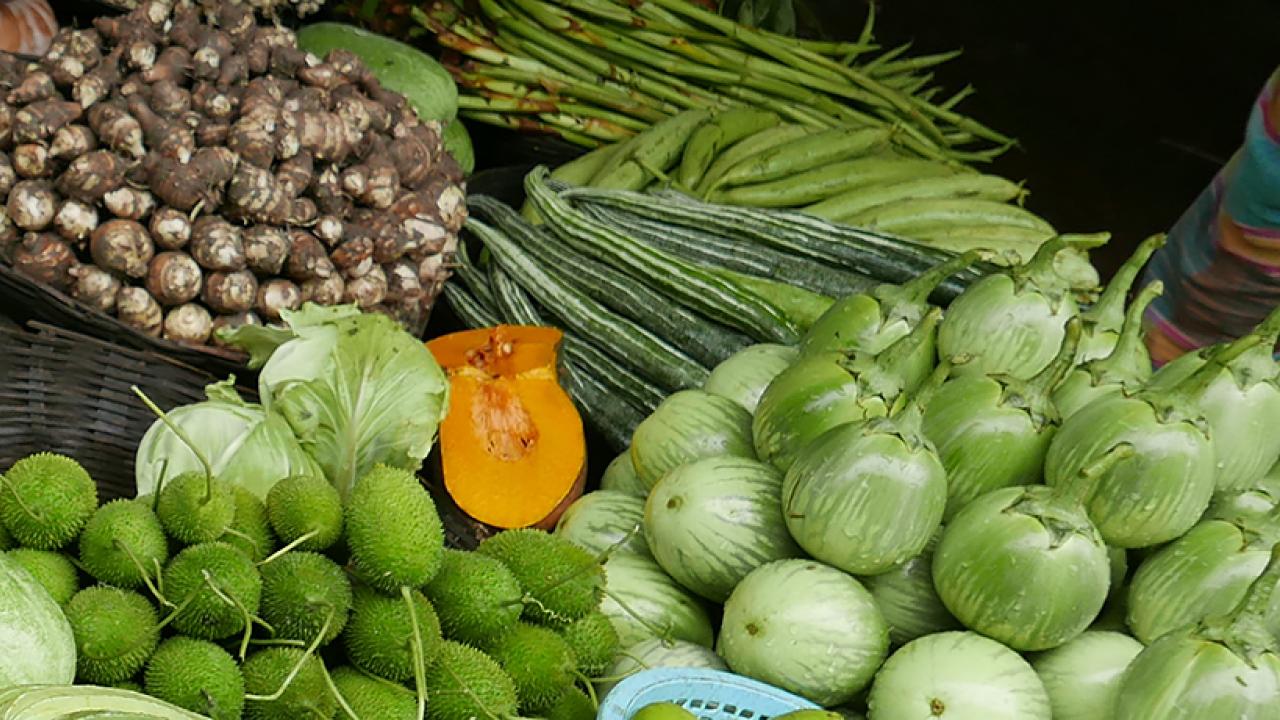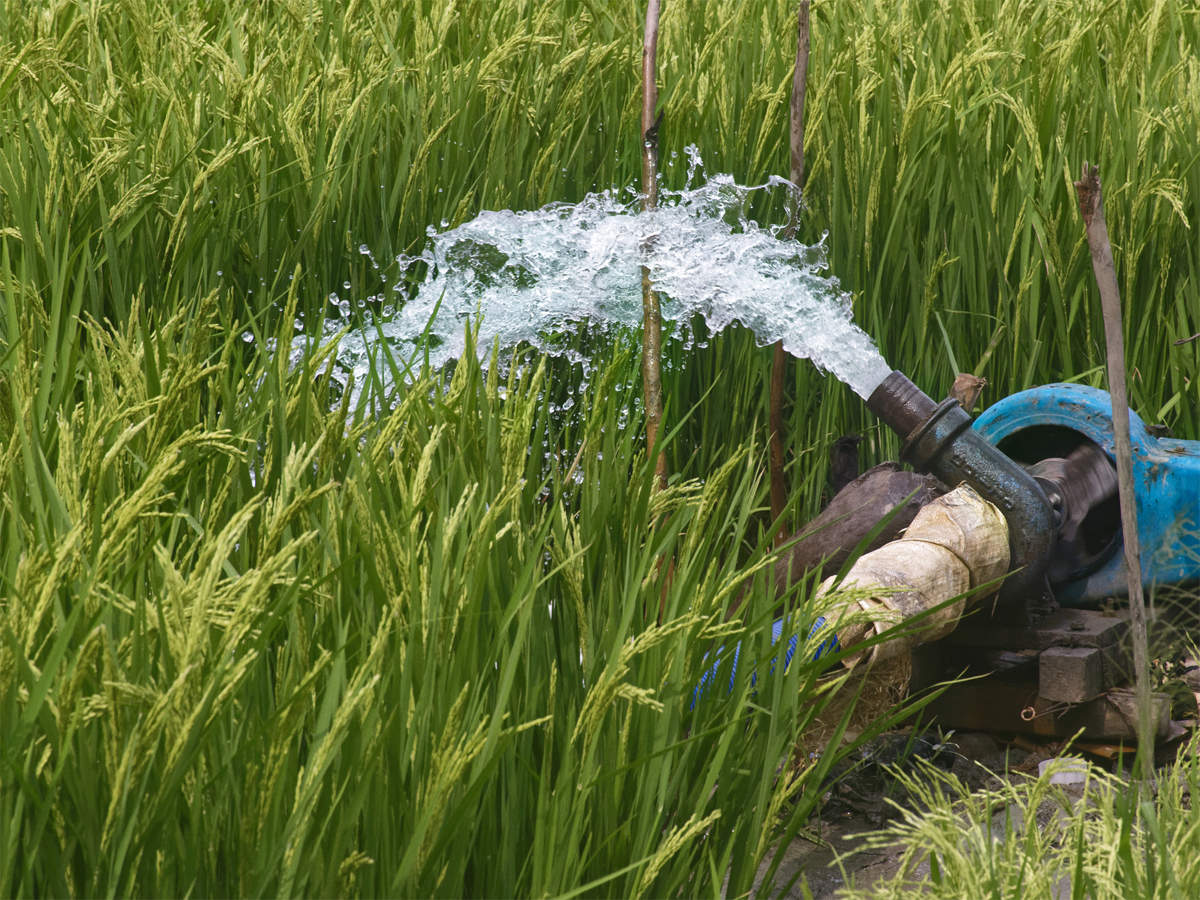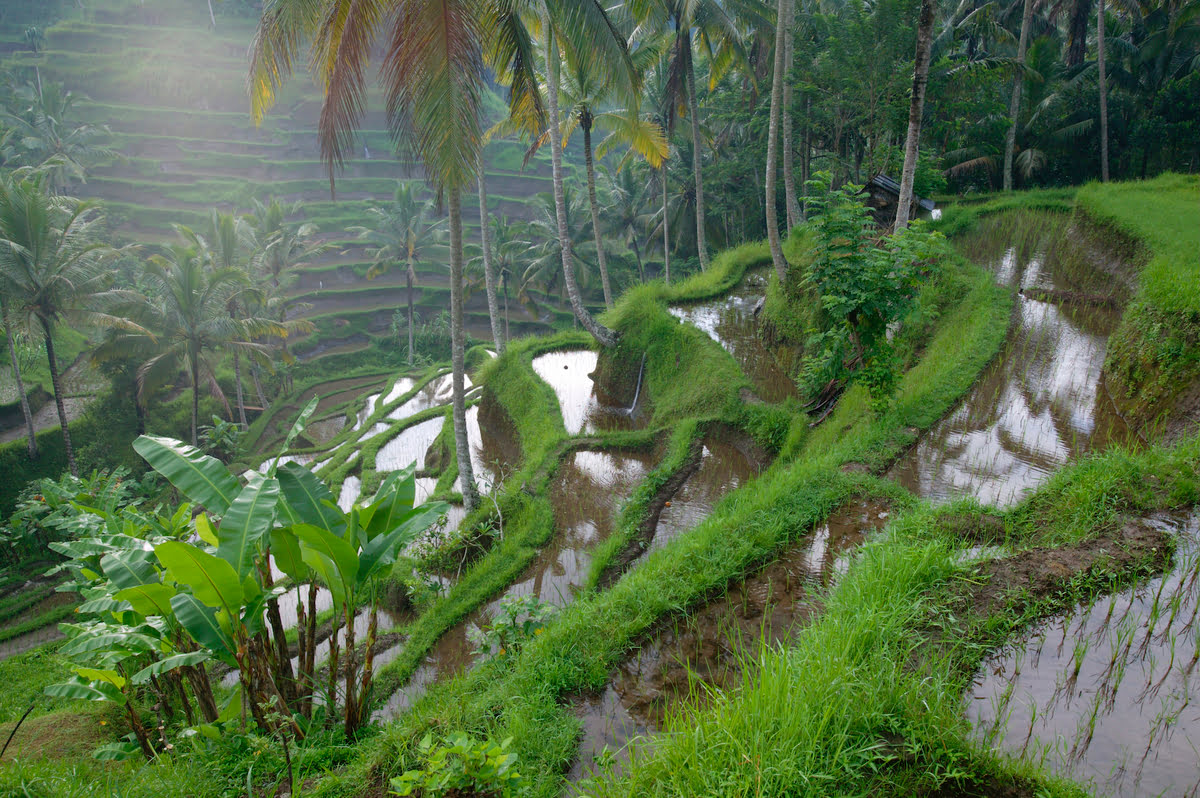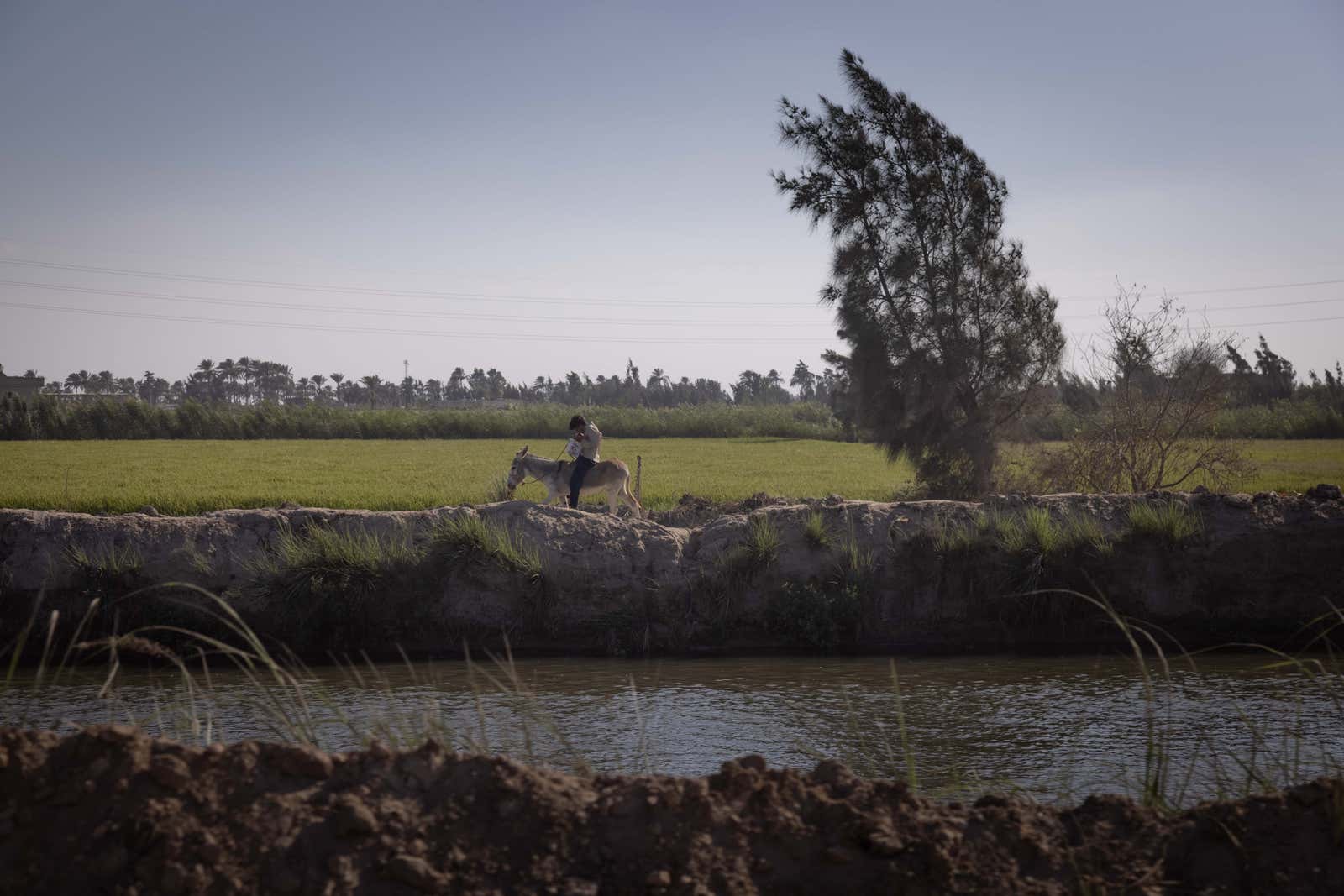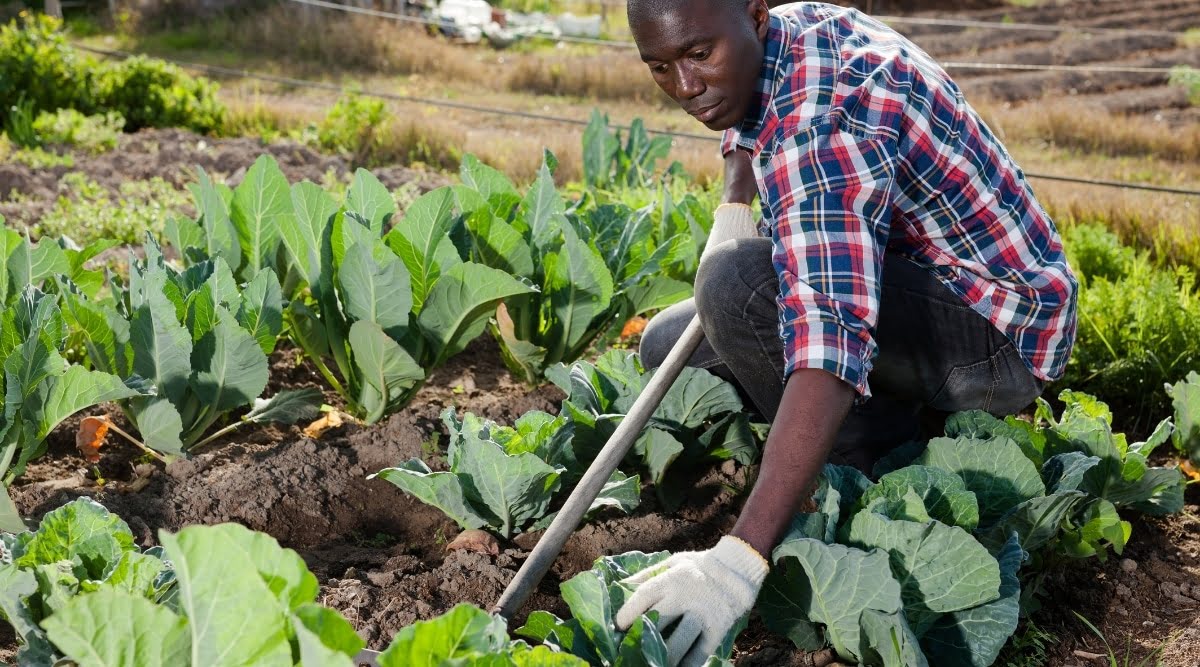Home>Gardening News and Trends>Latest News>Which Irrigation Tool Did The Egyptians Invent To Water Their Crops?


Latest News
Which Irrigation Tool Did The Egyptians Invent To Water Their Crops?
Modified: January 22, 2024
Discover the Latest News on the Ancient Egyptians' Groundbreaking Invention for Irrigating Crops. Find out which irrigation tool revolutionized their agricultural practices.
(Many of the links in this article redirect to a specific reviewed product. Your purchase of these products through affiliate links helps to generate commission for Chicagolandgardening.com, at no extra cost. Learn more)
Table of Contents
Introduction
Welcome to the mystifying world of ancient Egypt, where innovation and ingenuity thrived amidst a landscape of vast desert stretches. The ancient Egyptians were pioneers in many areas, including agriculture, which played a vital role in their society. To cultivate the fertile Nile Valley and ensure a bountiful harvest, they relied on the ingenious technique of irrigation.
Irrigation was crucial for the survival and prosperity of ancient Egyptian civilization. Their agricultural practices allowed them to produce surplus food and sustain a large population. The ability to control and direct water to their crops enabled the Egyptians to overcome the challenges posed by the arid climate of the region.
In this article, we will delve into the fascinating world of ancient Egyptian agriculture and explore the importance of irrigation in sustaining their society. We will also focus on a specific tool that the Egyptians invented to efficiently water their crops: the shaduf.
The shaduf was a groundbreaking invention that allowed the ancient Egyptians to harness the power of the Nile River and effectively irrigate their fields. We will uncover the functioning and benefits of this innovative tool, as well as its impact on Egyptian agriculture.
So, let’s embark on a journey back in time to discover the irrigation techniques of the ancient Egyptians and delve into the invention of the shaduf, an essential tool that revolutionized their agricultural practices.
Ancient Egyptian Agriculture
Agriculture formed the backbone of ancient Egyptian society, with the majority of the population engaged in farming. The fertile soil of the Nile Valley provided the perfect conditions for the cultivation of crops, enabling the Egyptians to develop an advanced agricultural system.
The ancient Egyptians grew a variety of crops, including grains such as wheat and barley, as well as fruits, vegetables, and flax. These crops not only served as a source of sustenance but also provided raw materials for various industries, such as textile production.
The success of agricultural practices in ancient Egypt was closely tied to the annual flooding of the Nile River. Each year, the river would overflow, depositing rich silt onto the floodplain. This fertile sediment, known as “black land,” was ideal for agriculture and allowed crops to flourish.
However, the Egyptian climate posed a challenge. The region was characterized by long periods of drought, making it essential for the Egyptians to devise efficient methods of irrigation to ensure the survival of their crops.
Furthermore, the Egyptians developed an advanced system of agricultural management, with the pharaoh being responsible for overseeing the distribution of water and resources. This centralized control ensured fair and equitable practices, with each farmer receiving an allotted share of water for their land.
Overall, ancient Egyptian agriculture was a sophisticated and well-organized system that played a crucial role in supporting the population and sustaining the kingdom.
Importance of Irrigation in Ancient Egypt
Irrigation was of paramount importance in ancient Egypt due to the arid climate and limited rainfall. The success of their agricultural endeavors relied heavily on the ability to provide a consistent water supply to their crops.
By implementing sophisticated irrigation techniques, the ancient Egyptians were able to transform the desert landscape into productive farmland. They channeled the waters of the Nile River through a network of canals and ditches, strategically directing it to their fields.
Irrigation played a crucial role in mitigating the effects of the annual flooding of the Nile. While these floods brought fertile soil, they also posed a risk to crops if not properly managed. The Egyptians mastered the art of controlling water flow, ensuring that their fields received the appropriate amount of water without drowning the crops.
Moreover, irrigation allowed for multiple growing seasons in a year. The Egyptians were able to cultivate crops during both the flood and low-water periods, maximizing their agricultural output and minimizing the risk of crop failure.
The availability of a consistent water supply through irrigation also allowed the Egyptians to diversify their crops. They could grow a wide range of fruits, vegetables, and grains, satisfying the dietary needs of their population. This abundance of food contributed to the overall stability and prosperity of the civilization.
In addition to crop cultivation, irrigation facilitated the growth of another vital resource for the ancient Egyptians – papyrus. Papyrus, a plant that thrived in wet conditions, was used for various purposes such as making paper, constructing boats, and creating woven materials.
The success of ancient Egyptian civilization heavily relied on their mastery of irrigation techniques. It was a transformative innovation that enabled them to harness the power of water and turn the desert into a flourishing agricultural paradise.
Tools Used for Irrigation
In their quest to harness the power of water and ensure the prosperity of their agricultural practices, the ancient Egyptians developed various tools for irrigation. These tools were designed to efficiently distribute water to their crops, allowing for optimal growth and yield.
One of the earliest tools used for irrigation was the shaduf. This simple yet ingenious device revolutionized the way water was lifted and transported from the river to the fields.
Another commonly used tool was the saqia, also known as the water wheel. The saqia consisted of a large wheel with buckets or pots attached to its rim. When the wheel was turned by draft animals or the flow of water, the pots would scoop up water from a lower source and pour it into a channel that directed the water to the fields.
The sakia, a type of animal-driven water wheel, was another popular irrigation tool. This device harnessed the power of animals, usually oxen or donkeys, to turn a wheel with attached containers that lifted water from a source and distributed it to the fields.
Additionally, a series of canals and ditches were constructed to carry water from the Nile River to the agricultural fields. These canals served as the main arteries of the irrigation system, transporting water to different areas and ensuring even distribution.
Ancient Egyptian farmers also utilized manual labor for irrigation, using buckets and scoops to lift and transfer water from the rivers or canals to their fields. While labor-intensive, this method allowed for precise control over the amount of water delivered to each crop.
The tools used for irrigation in ancient Egypt were a testament to the ingenuity and resourcefulness of the civilization. By developing and employing these tools, the Egyptians were able to overcome the challenges posed by the arid climate and transform their agricultural practices.
Invention of the Shaduf
The shaduf, an ancient irrigation tool, was a remarkable invention that transformed the way the ancient Egyptians watered their crops. Its invention can be traced back to the early dynastic period, making it one of the earliest known devices used for irrigation.
The shaduf consisted of a long wooden beam balanced on a central pivot. At one end of the beam, a counterweight was attached, while at the other end, a bucket or container was suspended. The counterweight provided the necessary balance, making it easier for farmers to operate the shaduf.
The precise origin of the shaduf is unclear, but it is believed to have emerged as a response to the need for a more efficient method of lifting water. Prior to its invention, the Egyptians relied on manual labor and simple buckets to transport water from the Nile to their fields.
The shaduf revolutionized the process by allowing farmers to raise water from the river up onto higher fields with minimal effort. Its construction and design made it a versatile tool that could be used in various locations along the riverbank.
The simplicity and effectiveness of the shaduf made it a popular choice among farmers. It was easy to construct using locally available materials such as wood and rope, making it accessible to a wide range of people.
Furthermore, the shaduf provided a significant increase in efficiency compared to manual labor or other irrigation tools. The counterweight system and long beam allowed farmers to lift larger quantities of water with less physical strain.
The impact of the shaduf cannot be overstated. Its invention revolutionized agricultural practices in ancient Egypt, enabling farmers to efficiently water their crops and maximize their agricultural output. It played a vital role in sustaining the population and supporting the growth of the civilization.
The shaduf stands as a testament to the ingenuity and innovation of the ancient Egyptians. Their ability to harness the power of water through this simple yet effective invention was a testament to their deep understanding of irrigation techniques and their commitment to overcoming the challenges of their environment.
Functioning of the Shaduf
The shaduf, a remarkable irrigation tool invented by the ancient Egyptians, operated on a simple yet effective mechanism. Its design allowed farmers to lift and transport water from the Nile River to their fields with relative ease.
The key element of the shaduf was a long wooden beam balanced on a central pivot. At one end of the beam, a counterweight, typically a heavy stone or a bag filled with rocks or mud, was attached. On the other end, a bucket or container was suspended, ready to be lowered into the river to collect water.
To operate the shaduf, the farmer would pull down on the shorter end of the beam, raising the bucket from the river. The counterweight on the longer end of the beam acted as a counterbalance, making it easier to lift the bucket and reducing the physical effort required.
Once the bucket was filled with water, the farmer allowed it to swing upwards using the leverage of the beam. Then, with careful precision, the farmer released the water into a nearby canal or irrigation channel that would distribute it throughout the fields.
The precise balance achieved by the shaduf’s counterweight made it efficient in lifting substantial amounts of water without much exertion. Its mechanism allowed farmers to raise water from the river onto higher fields, overcoming the limitations posed by gravity and the need to transport water over long distances.
Notably, the shaduf offered flexibility in terms of its placement along the riverbank. Farmers could construct multiple shadufs at various points, ensuring a widespread and efficient distribution of water to different areas of their fields.
The shaduf’s simplicity and functionality made it an indispensable tool for irrigation in ancient Egypt. It not only improved water management and crop yield but also reduced the labor required for irrigation, allowing farmers to focus on other agricultural tasks.
The shaduf’s lasting impact is evident in its continued use in some regions of the world today. It stands as a testament to the ancient Egyptians’ ingenuity and their ability to develop innovative solutions to overcome the challenges of their environment.
Benefits of the Shaduf in Crop Irrigation
The invention of the shaduf brought numerous benefits to ancient Egyptian farmers in terms of crop irrigation, fundamentally transforming their agricultural practices and improving their overall yield and sustainability.
One of the key benefits of the shaduf was its ability to lift and distribute larger volumes of water with minimal physical effort. The counterweight system and leverage provided by the long wooden beam allowed farmers to efficiently raise buckets of water from the Nile River and transport them to their fields. This increased the efficiency of irrigation, leading to improved crop growth and higher yields.
The shaduf also facilitated the irrigation of fields at different elevations. Its design allowed farmers to lift water to higher levels, making it possible to cultivate crops on terraced fields or areas that were otherwise difficult to reach. This effective water management enabled the ancient Egyptians to maximize the use of fertile land and expand their agricultural activities.
Furthermore, the shaduf provided a consistent and controlled water supply to the fields. The ability to regulate the flow of water allowed farmers to ensure that their crops received the optimal amount of irrigation, reducing the risk of overwatering or drought. This precise control over water distribution contributed to more balanced and healthy crop growth.
Another benefit of the shaduf was its versatility. The simplicity of its design allowed for easy construction and operation, making it accessible to a wide range of farmers. The local availability of materials such as wood and rope further enhanced its accessibility. Farmers could adapt the size and design of the shaduf to suit their specific needs, maximizing its effectiveness in their particular agricultural settings.
The use of the shaduf also reduced the dependence on manual labor for irrigation. Instead of relying solely on human-powered bucket systems, the shaduf’s mechanical advantage made it easier to transport water, thereby enabling farmers to focus on other essential tasks such as crop cultivation and maintenance.
Overall, the shaduf revolutionized crop irrigation in ancient Egypt, providing farmers with a reliable, efficient, and adaptable tool to water their fields. Its benefits extended beyond improved agricultural practices and higher crop yields, playing a crucial role in sustaining the population and contributing to the overall prosperity of the civilization.
Conclusion
The ancient Egyptians’ mastery of irrigation techniques was instrumental in supporting their agricultural practices and ensuring the success of their civilization. The invention of the shaduf stands as a testament to their ingenuity and resourcefulness in harnessing the power of water for crop irrigation.
Ancient Egyptian agriculture relied heavily on irrigation due to the arid climate and limited rainfall. By developing a sophisticated irrigation system, they were able to transform the desert landscape into fertile farmland, sustaining a large population and fostering economic growth.
The shaduf, with its simple yet effective design, revolutionized crop irrigation. Its ability to efficiently lift and transport water from the Nile River to the fields enhanced water management, allowing for higher yields and improved crop growth. The shaduf’s versatility, easy construction, and reduced reliance on manual labor made it accessible to a wide range of farmers.
The impact of the shaduf extended beyond agricultural practices. It contributed to the overall stability and prosperity of ancient Egyptian civilization by maximizing land utilization, diversifying crops, and reducing the vulnerability of the agricultural system to climatic variations.
The ingenuity and innovation demonstrated by the ancient Egyptians in the field of irrigation continue to inspire us today. Their ability to adapt to the challenges of their environment and develop effective solutions exemplifies their deep understanding of agricultural practices and their commitment to sustainable food production.
As we reflect on the remarkable achievements of ancient Egyptian agriculture and the invention of the shaduf, we gain a greater appreciation for the remarkable advancements made by civilizations throughout history. The legacy of irrigation techniques and tools like the shaduf continue to shape modern agricultural practices, reminding us of the importance of harnessing the power of water for a sustainable and thriving future.
